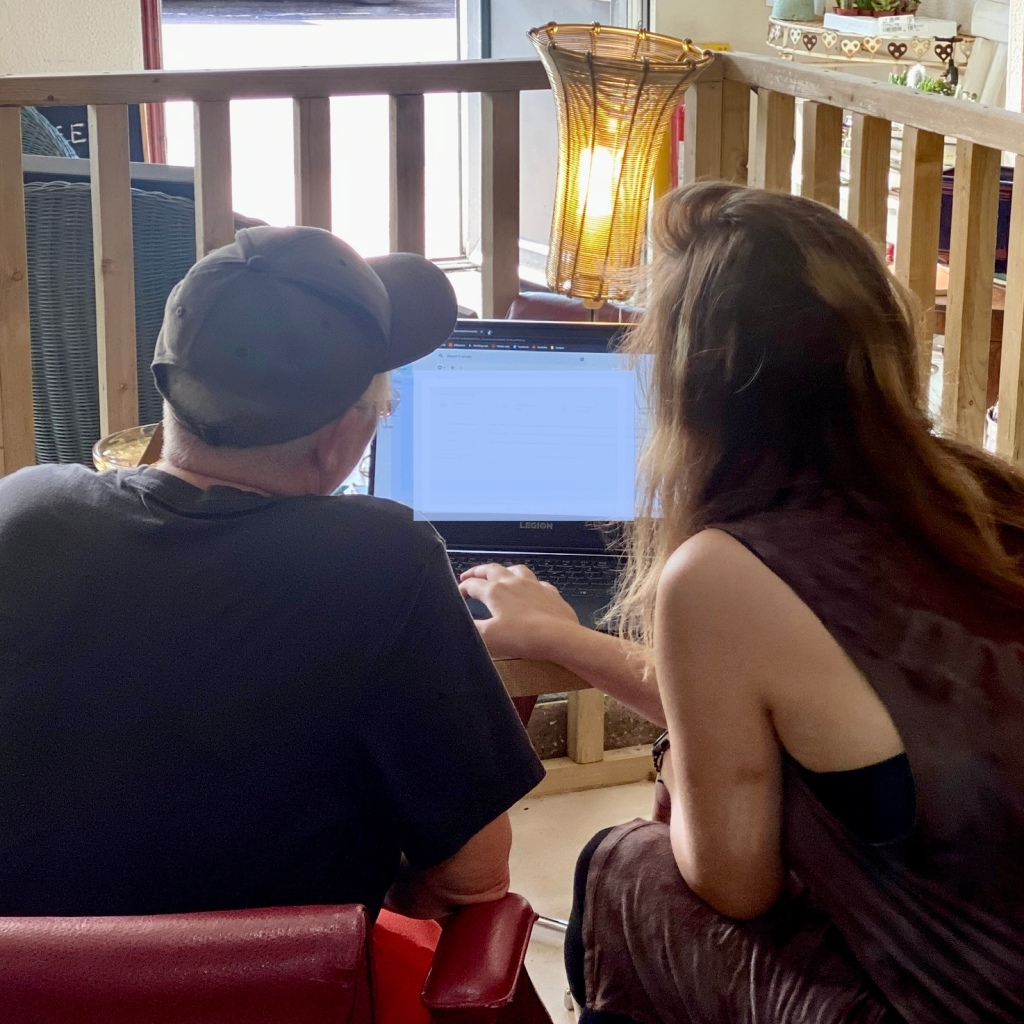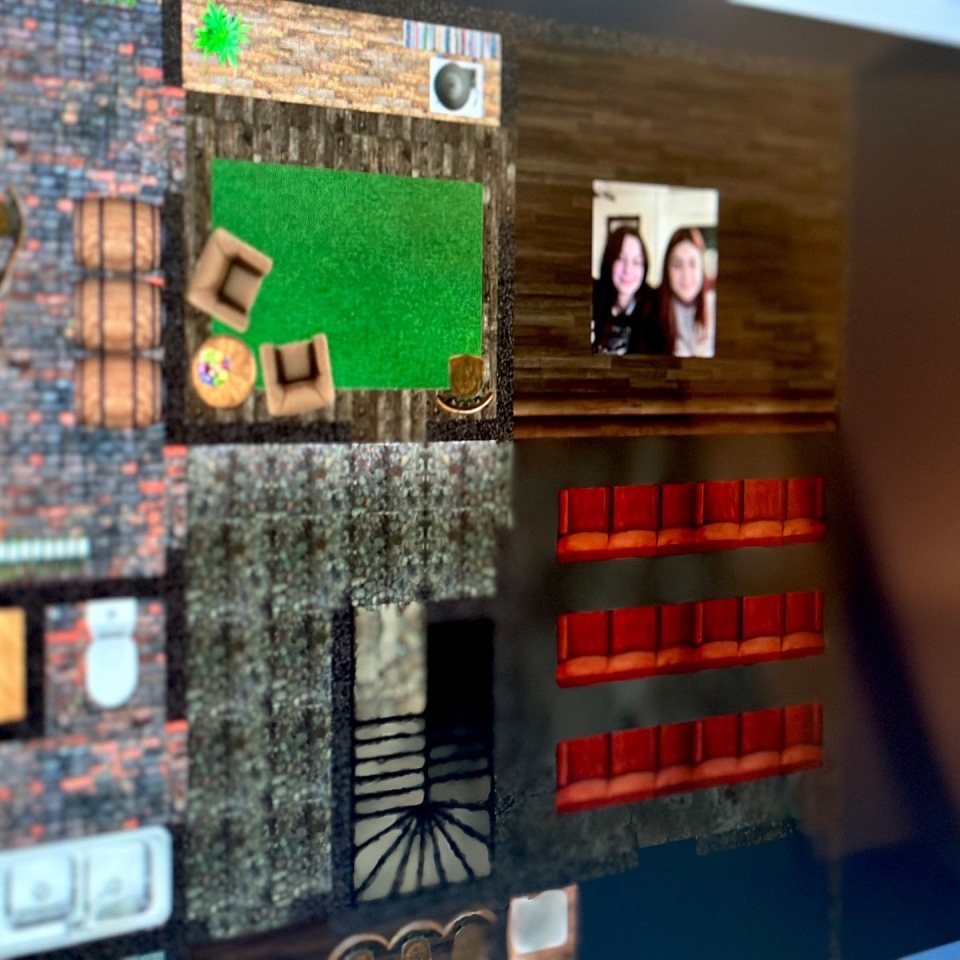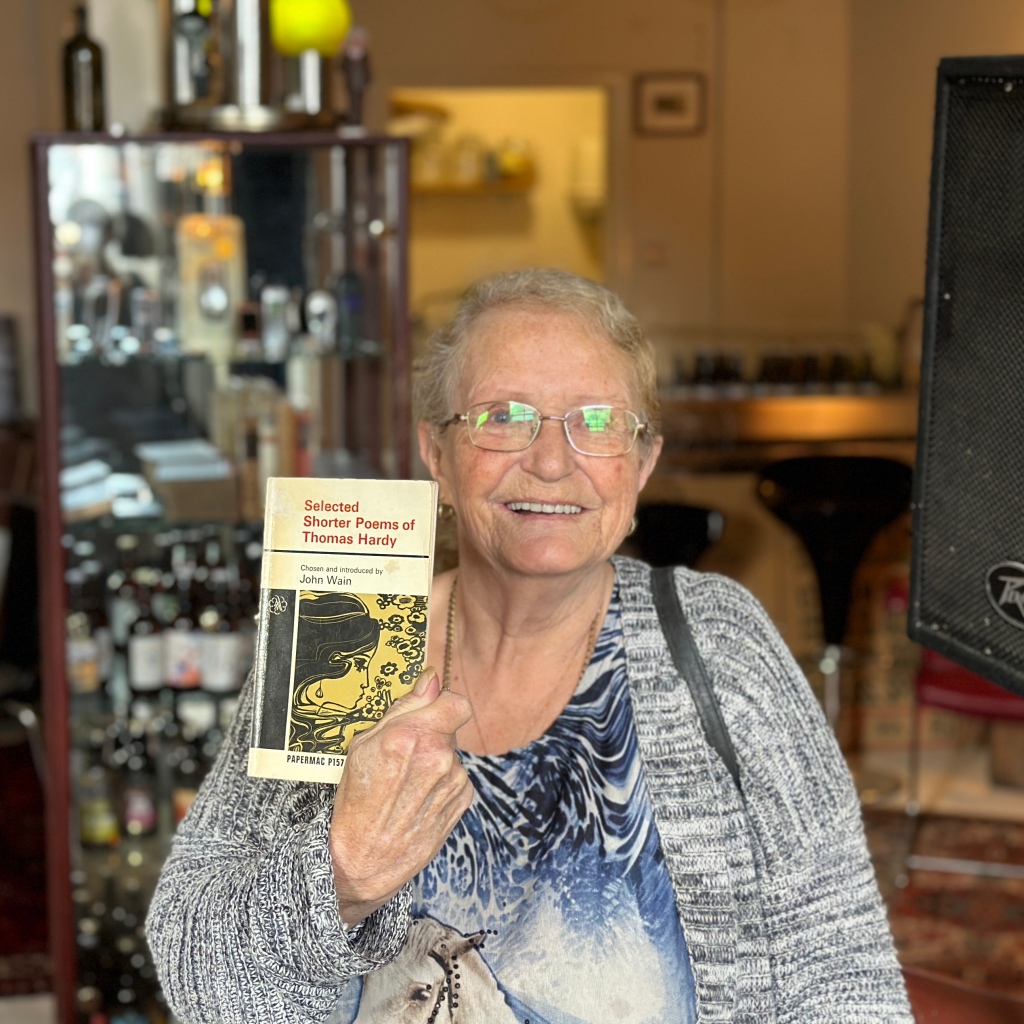The feedback from people visiting the Fourth Portal in Great Yarmouth has surpassed expectations. This second test stage focused on whether the real-world layout would stimulate conversations on the likelihood of technology improving people’s lives and reducing human impact on the planet.
Stage 2 complete
The second test stage of the Fourth Portal ended on Sunday, 4 December 2022. We began to ask visitors to share their thoughts on camera. The comments were almost universal in recognising a need for such spaces where in-depth conversation and understanding of technological change can occur.
The following is a selection of videos recorded in the last weeks of November 2022 and photos of customers throughout the two test periods. A write-up on test two and the next stages will follow.
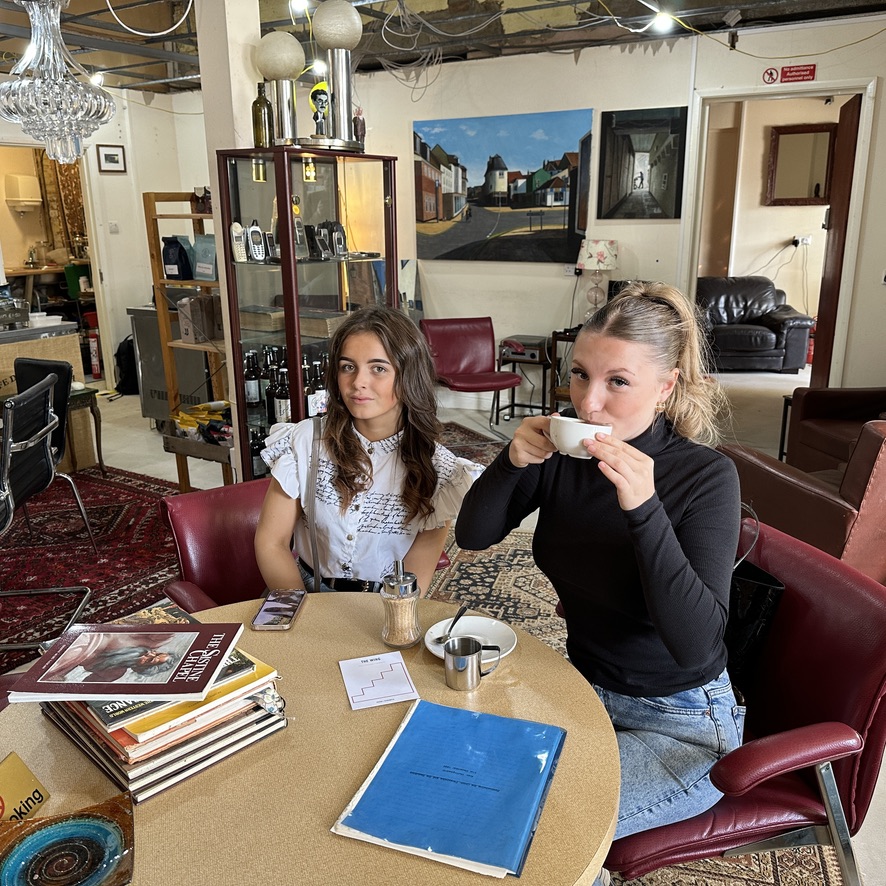

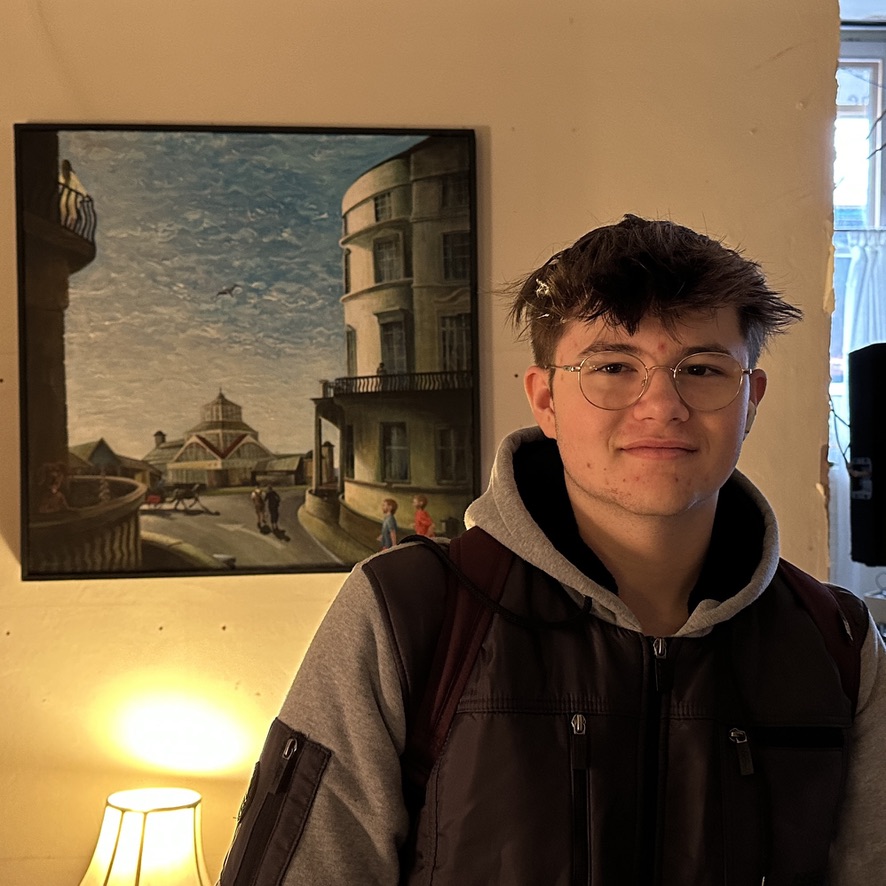
Future of the High Street
Keith and Paul from Birmingham came into the Fourth Portal with their partners on the last weekend of test two. Paul declared that it was the future of the High Street. Keith stated he was ‘gutted’ at the closing, as it was the kind of place he adores. Along with his partner, Keith moved to live in Great Yarmouth two months previously. Paul and his partner were visiting for the weekend. (Film: 40sec)
Keith and Paul from Birmingham define the Fourth Portal as the future of the High Street (40sec)
Gutted
The word gutted was used by many visitors when hearing that the Fourth Portal test was coming to an end. Jaye and her sister stumbled on the Fourth Portal and became hooked on the coffee. As a qualified mental health practitioner, she found the Mind Room fascinating and recommended Fourth Portal to colleagues, who also began to visit. (Film: 35sec)
Jaye reflecting on the end of test two of the Fourth Portal
Understanding the concept
Both Fourth Portal test sessions confirmed the art interventionist approach and layout works. Developed by Platform-7 Events, the method involves creating intrigue and curiosity. It can often be difficult to attract people into any building unless the person has entered previously – tempting people over the threshold is why shop windows play such an important role in retail. The Fourth Portal was not in a retail space and only had small domestic sash windows. To be inviting for people of all ages and backgrounds is a vital component of the Fourth Portal. Without actually walking through the door, understanding the concept can be mystifying. In this video, JP came in with his wife and provides an insight into how most people enter an unfamiliar space. (Film: 1m:45sec)
Long time Great Yarmouth resident JP reflecting on the Fourth Portal
Developing conversations
Sharon and Brian began regularly returning to the Fourth Portal. The video captures how the layout draws in visitors and develops the conversation around technology and lifestyles. (Film: 1m:15sec)
Sharon and Brian discuss their attraction to Fourth Portal and the end of test two.
Instigating ideas
Visitors Emma and Phil met while in the Fourth Portal. Emma moved to Great Yarmouth to create a business – Airbnb and artspace within her home on the seafront. Phil was born in Great Yarmouth and is embarking on a history degree. Emma and Phil discuss the attraction of the Fourth Portal and why such spaces are vital for the town. (Film: 10min)
Phil and Emma discuss why Fourth Portal is needed in Great Yarmouth
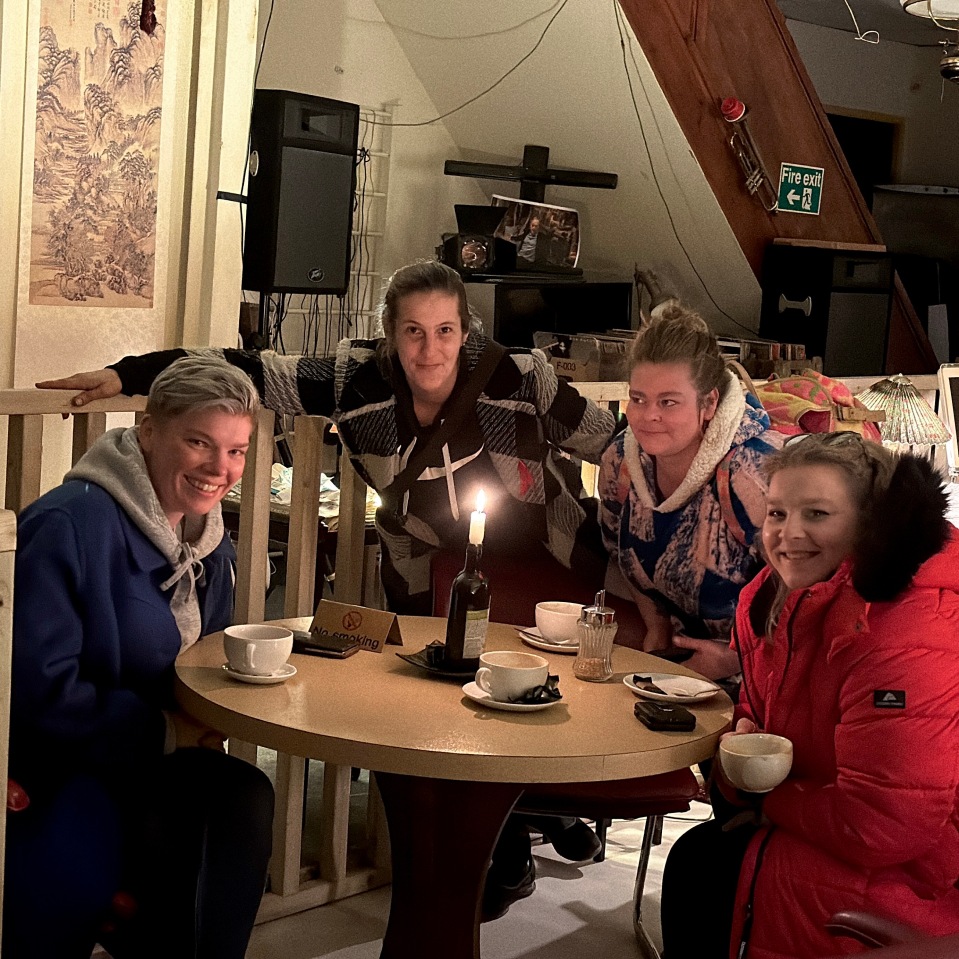

Engineering the future
A Norwegian choir came to Great Yarmouth during the last weekend. Three members found their way to the Fourth Portal on Friday, returning on Sunday. Four of the choir, who are professional engineers agreed to be interviewed. The men were struck by the power of the Fourth Portal to bring different people together to create new ideas, businesses and solutions. While in the Fourth Portal, they observed how the space attracted a diverse customer base. The interview touches on how technology should solve some of the climate issues and why humans need to change their behaviour. (17m:55s)
Norwegian engineers discuss the importance of space like Fourth Portal and technological advances in the fight against climate change (17m:55s)
Conclusion
Stage two testing was to ascertain how people would engage in an unfamiliar concept and whether the objects would stimulate conversation around new technology. What surprised us was the breadth of people engaging, and across all age ranges. We will be taking this learning into our (online only) stage three testing and then into a new real-world site in early 2023.
John M

